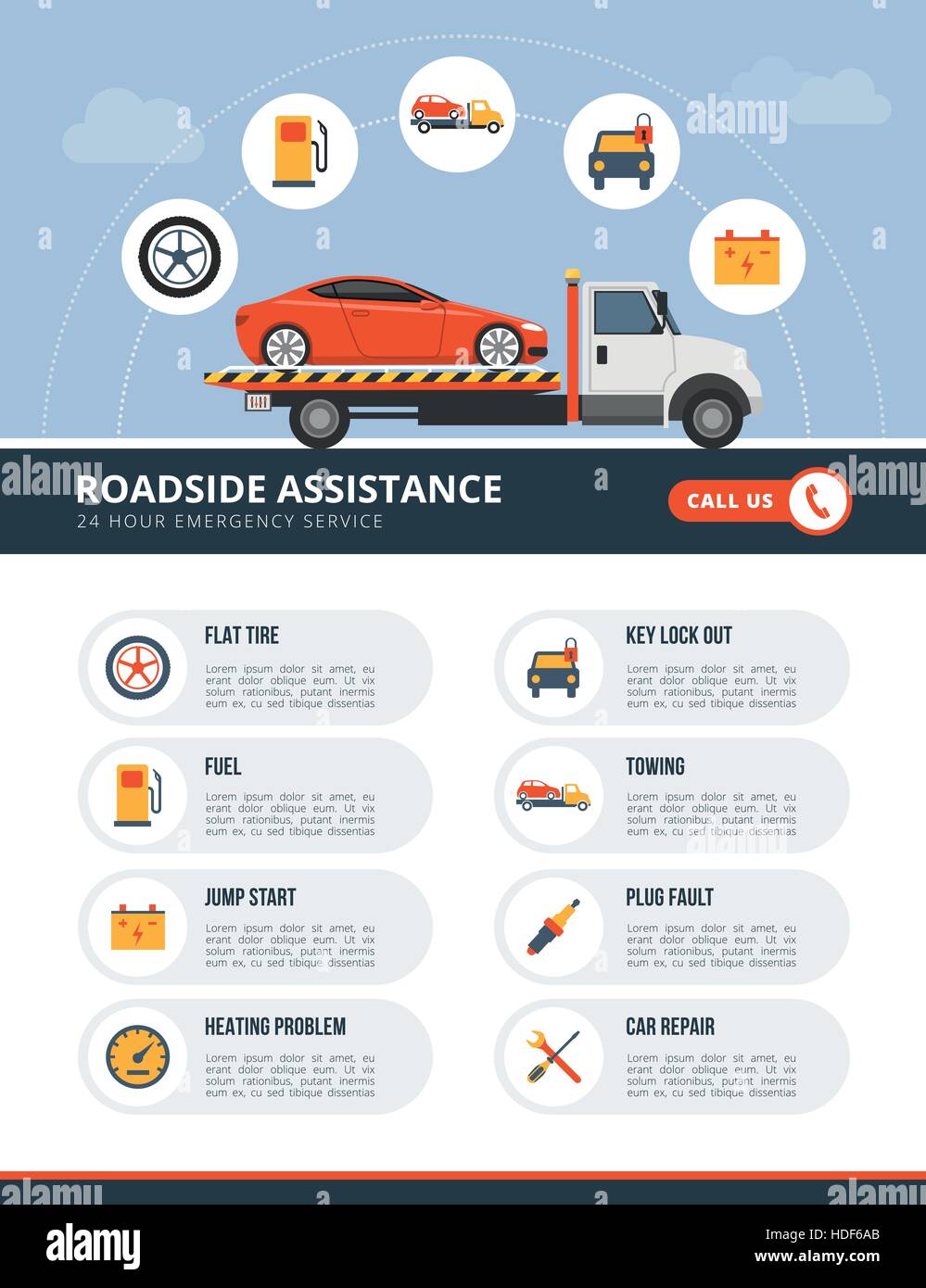Analyzing Your Auto'S Alert Lighting: Their True Implications
Analyzing Your Auto'S Alert Lighting: Their True Implications
Blog Article
Short Article Created By-Vinson Shepherd
When you lag the wheel, those glowing warning lights on your dashboard can be a bit difficult. Do you understand what they're attempting to tell you regarding your auto's health and wellness? Recognizing the relevance of these lights is crucial for your security and the longevity of your vehicle. So, the following time among those lights pops up, wouldn't you want to analyze its message precisely and take the needed steps to address it?
Common Warning Lights and Interpretations
Identify usual caution lights in your automobile and understand their significances to guarantee risk-free driving.
One of the most typical warning lights consist of the check engine light, which indicates issues with the engine or exhausts system. If this light begins, it's vital to have your automobile checked quickly.
The oil stress warning light shows reduced oil pressure, calling for instant attention to avoid engine damage.
A flashing battery light could suggest a defective charging system, potentially leaving you stranded if not addressed.
The tire stress monitoring system (TPMS) light alerts you to low tire stress, affecting automobile stability and gas effectiveness. Overlooking this can lead to dangerous driving conditions.
The abdominal light shows an issue with the anti-lock braking system, endangering your capability to stop quickly in emergencies.
Finally, the coolant temperature cautioning light warns of engine overheating, which can lead to extreme damages otherwise solved swiftly.
Understanding these typical warning lights will certainly assist you attend to concerns immediately and keep secure driving problems.
Value of Prompt Attention
Understanding the usual caution lights in your car is only the first step; the value of promptly dealing with these cautions can't be emphasized sufficient to guarantee your safety when driving.
When a caution light brightens on your control panel, it's your automobile's means of interacting a potential issue that needs attention. Overlooking these cautions can result in a lot more severe troubles in the future, compromising your security and possibly costing you more out of commission.
Prompt focus to advising lights can avoid break downs and crashes. For https://electric-brakes28495.blog5star.com/30341164/the-vital-overview-to-automobile-explaining-products-what-every-new-fanatic-needs-to-discover , a flashing check engine light can indicate a misfire that, if left ignored, could trigger damage to the catalytic converter. Resolving this promptly can save you from a pricey repair work.
Similarly, a brake system alerting light might indicate low brake liquid or used brake pads, crucial components for your safety when driving.
DIY Troubleshooting Tips
If you notice a caution light on your control panel, there are a couple of DIY troubleshooting tips you can try before looking for professional aid.
Read More On this page is to consult your car's handbook to comprehend what the particular warning light suggests. Often the concern can be as straightforward as a loosened gas cap causing the check engine light. Tightening up the gas cap may solve the problem.
Another usual concern is a reduced battery, which can cause numerous alerting lights. Checking the battery connections for deterioration and guaranteeing they're protected may take care of the issue.
If a caution light persists, you can attempt resetting it by disconnecting the vehicle's battery for a few minutes and then reconnecting it. In addition, checking your car's fluid levels, such as oil, coolant, and brake liquid, can help repair advising lights related to these systems.
Conclusion
To conclude, recognizing your car's caution lights is crucial for keeping your car running smoothly and safely. By without delay dealing with these signals and knowing what they suggest, you can prevent pricey fixings and prospective break downs.
Bear in mind to consult your car's manual for certain information on each cautioning light and do something about it appropriately to ensure a hassle-free driving experience.
Keep informed, remain safe when traveling!
